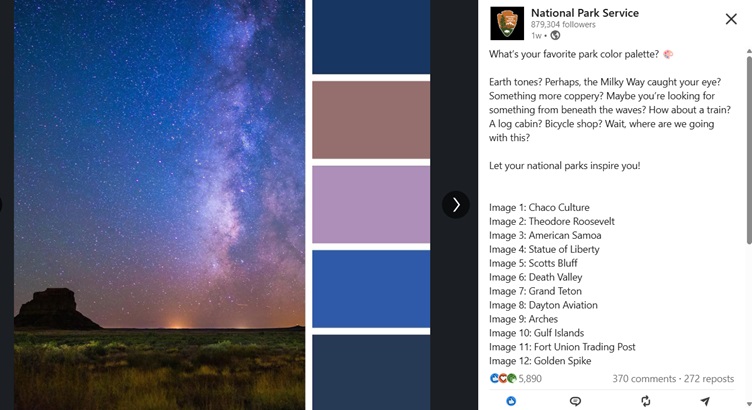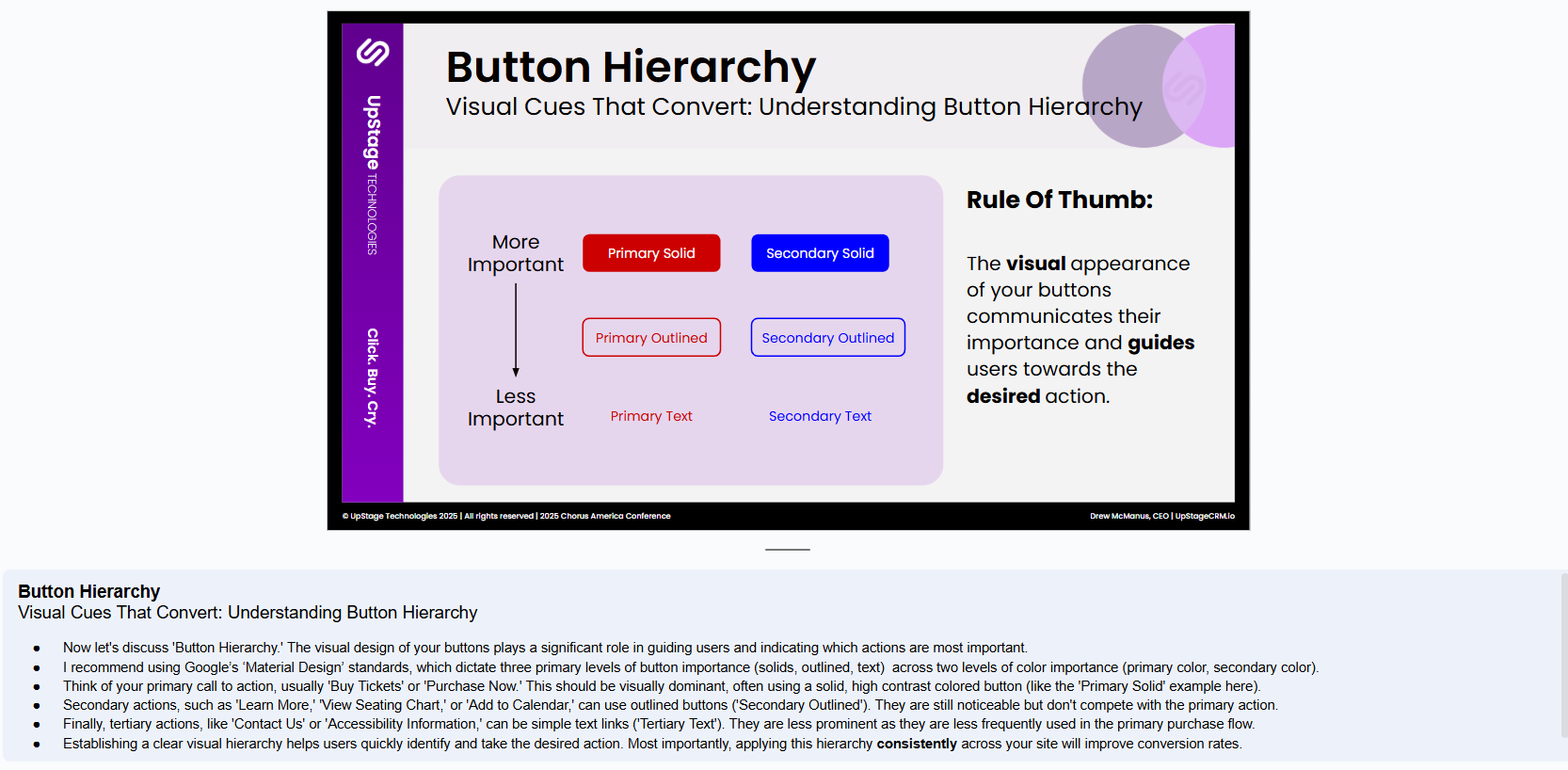Last Monday, Ruth Hartt sent out an email newsletter noting that the Wallace Foundation’s five year, $52 million Building Audiences for Sustainability Initiative basically failed to identify any definitive way to achieve that goal. I have been following Wallace Foundation efforts for years so I was surprised I had missed this news. But sure enough, back in February they released In Search of the Magic Bullet which said just that.
There was a lot of interesting insight in ..Magic Bullet so I will probably take at least two days covering what they discuss. Today, I thought I would address Ruth Hartt’s suggestion that the effort failed because the focus was on the “assumption that demographic characteristics drive consumer behavior” rather than on the problems audiences seek to have solved/outcomes they seek.
There is a difference between saying you want to attract younger, more diverse demographics and learning that people in these demographics seek an experience at which they can relax and share with friends among people like themselves. Providing that experience may involve decisions about programming, timing, framing of the experience, staffing, messaging, etc that differ from what the organization is currently doing. Then there may be other problems to be solved like parking, traffic, and babysitters which the organization over which may not have control, but may be able to facilitate.
A few weeks back, I made a post about research indicating what helps people feel welcome at arts and cultural experiences. It wasn’t just seeing themselves reflected in the programming, stories, and people depicted, but also seeing themselves reflected in the audience and staff circulating through the lobbies, galleries, and walkways.
Despite indicating the initiative failed to identify definitive answers, the reflections by staff of organizations participating in the Wallace Foundation effort show they had started to understand where there had been disconnects with target audiences. And there were absolutely changes groups made that saw significant results, including:
“…hiring paid concierges, to diversify its front of-house staff in terms of age as well as racial and ethnic diversity. The organization viewed this as an important part of conveying a welcoming environment to diverse audience members. According to one interviewee it “has actually been remarkably potent as one simple change.”
One realization shared by multiple organizations in the Wallace initiative was that internally/insider focused promotional messaging had no traction with new audiences:
Repeatedly, and often through market research, organizations learned they were communicating in ways that reflected their values and using language that may have been meaningful to those in the arts—but that did not resonate with audiences they wished to reach. The consequences were communications that undermined, rather than facilitated, the goal of attracting new audiences.
[…]
For example, one performing arts presenter learned:
Images that we thought, from years of being in the arts, were the most appealing . . . really meant nothing to many of the audience members. . . .They were replications of our own beliefs. . . . We always put forth the notion of the art and the aesthetic. And for many of the audiences we were trying to reach, price was much more important. Now we just say upfront, “This is what it costs.” . . . That was one of the most important lessons that we learned….
One dance company hoped to attract new audiences through informational and educational programming. The problem? They realized their communications about these programs “were really geared towards…people that were very familiar with both the art form and what [we] offer.” But one thing they learned from focus groups: “Nobody wants to be talked down to about what they know or don’t know about the art form.” They altered communications about the programs to “make sense to people who maybe hadn’t been around a ton of [dance].”
Similarly, some of the arts organizations realized that not knowing what the experience would be like was a barrier to participation and made changes to their website to better explain or created videos that illustrated what attendees could expect.
Asked one interviewee rhetorically:
Who would go to a new restaurant without checking online to see what the experience was going to be? And we realized that from the consumers’ perspective, they’re thinking about the theater in the same way. So they really wanted to know; okay if I go to see this play, what kind of experience will I have?
In some cases, those videos backfired and the organization shifted gear. In focus groups, one organization was told the videos made the experience look “bougie”, unwelcoming, and off-putting. They decided to record attendees talking about the experience in their own words.
“Rather than someone telling you why you should like coming, we sort of flipped it to; here are people in their own words saying why this is something exciting to them and fun for them.”
Some organizations realized they needed to change the framing of their experiences in order to appeal to the younger audiences they were targeting. Among the barriers identified in focus groups was limited leisure time and competition not only from other arts groups, but other social activities.
Gen X members’ desire to spend their limited free time on social experiences. That desire reportedly included a wish for a full experience, with a “transition” from daytime activities into the theater experience rather than just coming for a play and leaving.
Speaking to the target audience’s perceived desire for a full and social experience, the organization held the series in a smaller theater space adjacent to a café\bar (both of which were additions to the theater’s existing venue). For one interviewee, the main thing learned about their target audience was that “providing [Gen X] with the whole night out, the whole experience, the place to eat, drink, art, and converse, is what they like.”
I just want to say, as a member I am glad someone was actually targeting Gen X and labeled them as a younger audience.
The same theater realized it was futile to try to “mold audiences for different genres” and instead changed the framework of their programming to suit the audiences. In this case, instead of expecting audiences to arrive at a specific time and sit in the theater until a show was over, they provided experiences where it was acceptable to get up and move around occasionally.
So even though the Wallace Foundation initiative was judged to have failed to find their “magic bullet” it appears the foundation’s support did provide organizations with the capacity to try new approaches and lead to some introspection about the results.
There is much more I haven’t covered which I intend to touch upon in coming days.





I've been to a few of the Science on Tap events, though I never gave a talk at one of…